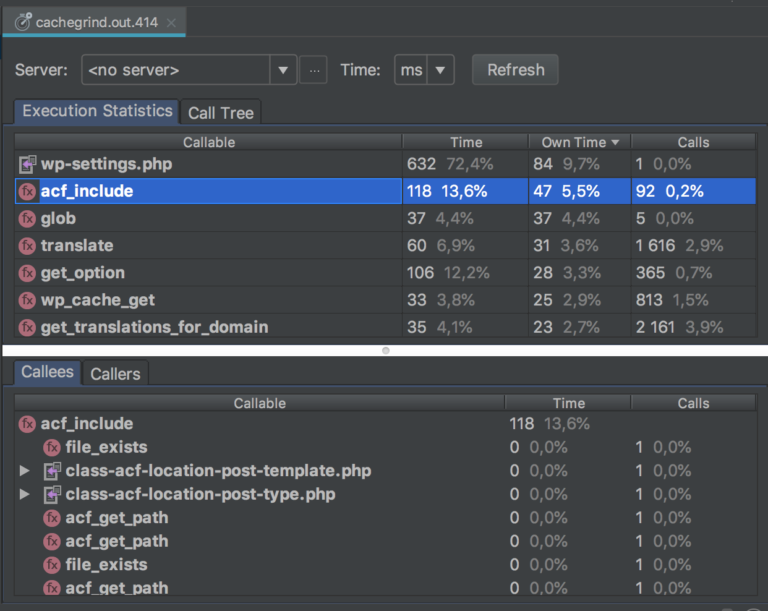

To have PhpStorm accept any incoming connections from Xdebug engine through the port specified in the Debug port field, select the Can accept external connections checkbox. By default, the Debug port value is set to 9001,9003 to have PhpStorm listen on both ports simultaneously. You can specify several ports by separating them with a comma. For Xdebug 3, the default port has changed from 9000 to 9003.

This must be the same port number as specified in the php.ini file:īy default, Xdebug 2 listens on port 9000. In the Debug port field, appoint the port through which the tool will communicate with PhpStorm. On the Debug page that opens, specify the following settings in the Xdebug area: Learn more about checking the Xdebug installation in Validate the Configuration of a Debugging Engine.ĭefine the Xdebug behaviour. If no debugger is configured, PhpStorm shows the corresponding message:Īlternatively, open the Installation Wizard, paste the output of the phpinfo(), and click Analyze my phpinfo() output. The name and version of the debugging engine associated with the selected PHP installation (Xdebug or Zend Debugger). The version of the selected PHP installation. The CLI Interpreters dialog that opens shows the following:

The list shows all the PHP installations available in PhpStorm, see Configure local PHP interpreters and Configure remote PHP interpreters. On the PHP page, choose the relevant PHP installation from the CLI Interpreter list and click next to the field. Press Ctrl+Alt+S to open the IDE settings and select PHP.Ĭheck the Xdebug installation associated with the selected PHP interpreter: The phpinfo output should contain the Xdebug section:


 0 kommentar(er)
0 kommentar(er)
